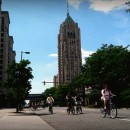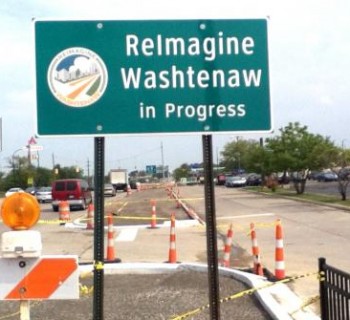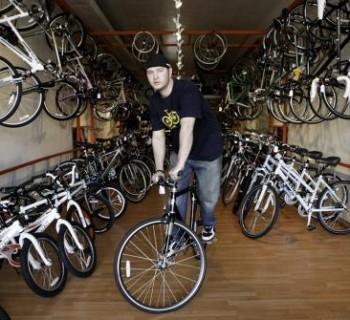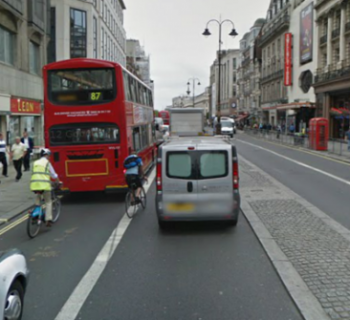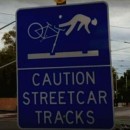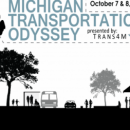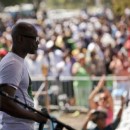Editor's note: This article was originally posted on Sustainable Cities Collective and is reposted with permission.
For a state that built a city with both skyway systems and universities with mass underground tunnels for shelter in its Arctic-like temperatures, we see an opposite trend in terms of bicycling planning. While Minneapolis is known for being one of the coldest cities in America, in 2011 Bicycling Magazine also claimed it be the #1 bike city, beating out more moderate climates such as San Francisco, Denver, Seattle, and the well-known bicycle capital, Portland. How can Minneapolis compete with such large powerhouse cities? Why does the bike culture here thrive in such an unforgiving climate?
Lets first start in 2010, when Nice Ride Minnesota began an initiative to allow all residents bike access through a Twin Cities-wide bike share program. While Minnesotans have be known to explore the outdoors and use that as an opportunity to exercise, over the past decade there has been a shift from recreational biking, to community based initiatives to increase bicycling as means of transportation. Being the largest and most successful bike-share programs in the country, by mid-2013 Nice Ride boasts over 700,000 rides have been taken thanks to their system.
In addition to providing community-based programs that allow hassle-free access to bicycling, there has been an increase in urban planning that accommodates for both on-road and off-road bicycling paths. According to the City of Minneapolis, we presently have ninety-two miles of on-street bikeways and eighty-five miles of off-street bike paths. Moreover, with the addition of paths that are specifically designated for pedestrian only use, such as the Midtown Greenway, the Dinkytown Greenway, and the Cedar Lake Regional Trail, which is often referred to as “Americas first bike freeway,” the city has allowed for uninterrupted bicycle travel as a means of transportation.
This need to accommodate for the safety of bicyclists can also be seen through Minneapolis’ implementation of complete streets. Take for example, the intersection at 15th and University Avenue, where the main entrance to the University of Minnesota is located. This highly congested node that sees hundreds of bicyclists a day has recently been altered to accommodate pedestrians by implementing a large and visible waiting lane, and a traffic light specifically designated to the travel of bicyclists into the university.
Given the opportunity, Minnesotans will skate on rinks of ice, sled down snowy hills, and ski through trails. Similarly, when safe bicycle trails are available in the city, residents will use them both for recreation and travel.
Minnesotans are brutes, and will always be. Combine that with smart urban and environmental planning, and we could see the bicycling community continue to grow exponentially.
How does your city accommodate the needs of bikers? In what ways is the popularity of biking based on factors other than just the amount of lanes and trails?
Images by Abbey Seitz. Map by BikeWalkMove.org. Data linked to sources.




